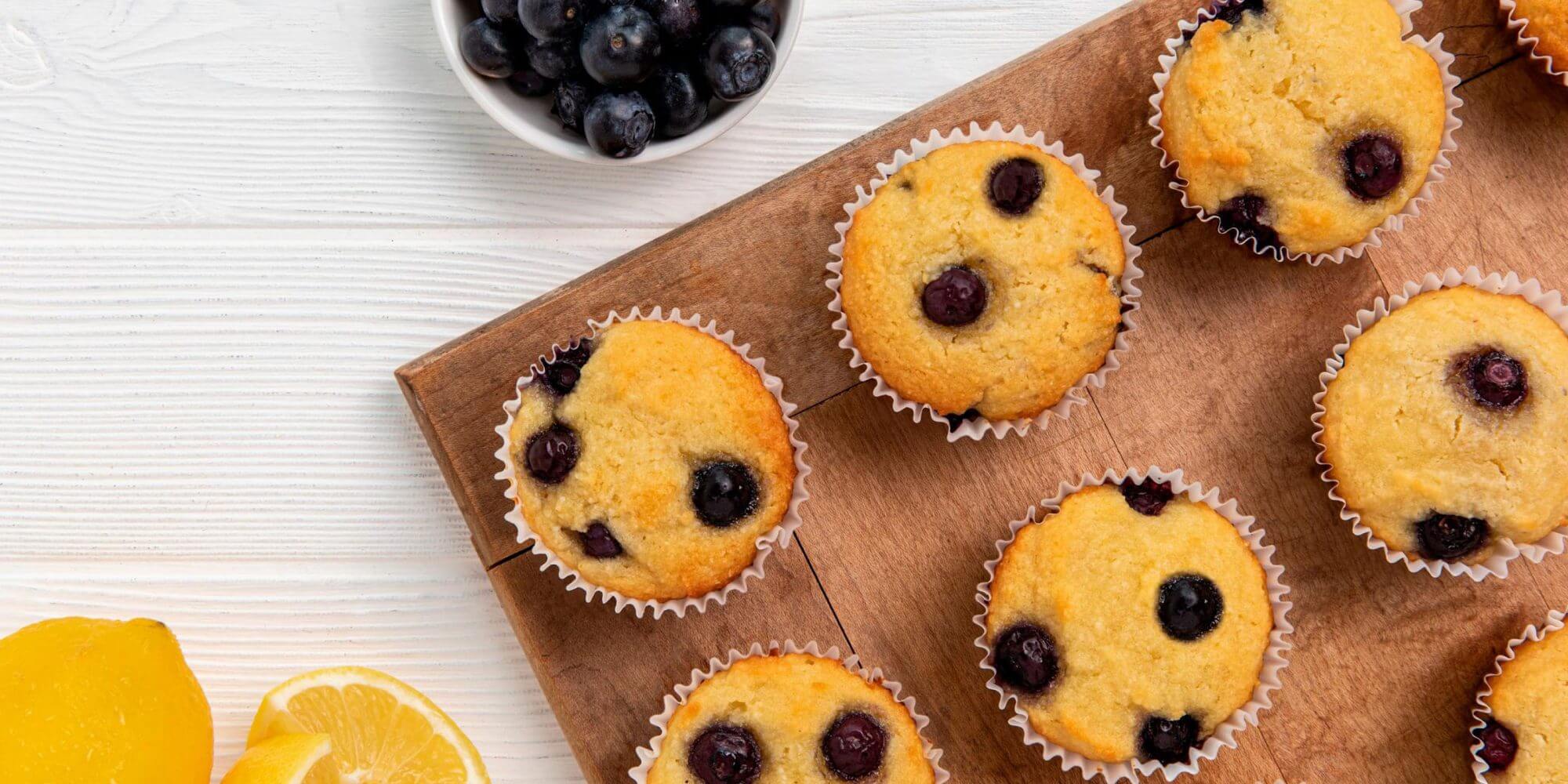Made with Splenda® Magic Baker™ Sweetener

Allulose is a type of sugar that is found naturally in some fruits such as dates and figs. What makes it different than regular sugar is that the body cannot metabolize, making it non-nutritive, and an excellent choice for sugar-free and Keto cooking and baking. Because it is a type of sugar, it also tastes similar to sugar, making it excellent for sweet treats; it has qualities that make it perform similarly to sugar, making it excellent for baking. Splenda Allulose Sweeteners are zero-calorie, plant-based sweeteners that can be used as an exact 1-to-1 swap for sugar. We hope you enjoy experimenting with Splenda Allulose Sweeteners, and our recipes are a perfect place to start exploring! Below you will find specific helpful tips when it comes to making Splenda Allulose Sweeteners a part of your kitchen.
If you are new to using allulose, it may be best to begin with Splenda Allulose Recipes that have already been tested and call for allulose. This sweetener shines the brightest when used in sauces, syrups, candies, and baked or frozen treats. It also helps make cookies and dessert bars chewy. Because of allulose’s amazing ability to hold moisture, when using this sweetener for cakes, it may be best to avoid butter and coconut oil and use a mix of yogurt and milk, to help achieve a lighter cake as opposed to a dense one. Also, decreasing the oven temperature by 25 degrees will help the baked good cook more thoroughly and evenly with less early browning.
Splenda Allulose Sweeteners have a satisfyingly sweet taste, just like sugar; little, if any, aftertaste; no off-flavors, and no bitterness. They do not have the “cooling effect” other sweeteners have (such as erythritol).
Splenda Allulose Sweeteners have browning qualities similar to sugar – hooray! Baked goods will still have that beautiful golden-brown color. However, allulose browns quicker than sugar; to help, cover cakes to keep from browning too quickly, experiment with mini-muffins, smaller size cookies, etc. Also, tenting foil over a recipe that is browning too quickly may be of help.
Splenda Allulose Sweeteners have a good shelf life and do not crystallize when they cool. For this reason, allulose is an ideal sweetener for preparations like caramel and chocolate sauces, lemon curd, jams & jellies, ice creams, salad dressings, and muffins. It is also great for preparations like candies where there should be no graining.
Baked goods using Splenda Allulose Sweeteners have a tender crumb, thanks to its ability to hold moisture. This makes them a great choice for cakes and muffins.
Splenda Allulose Sweeteners quickly dissolve in liquid, and is more soluble than sugar; therefore, they’re ideal for drinks and homemade drink mixes.
Splenda Allulose Sweeteners tends to attract moisture, so they keep soft baked goods moist and perform especially well in confections that are chewy rather than crunchy. They also shine in fillings for this reason and are great for fluffy cakes.
Splenda Allulose Sweeteners freeze well and have a similar melting point as other sugars resulting in a good mouthfeel for frozen products like ice cream and ice pops.
Because of Splenda Allulose Sweeteners’ moisture-retaining ability, soft baked goods will stay moist and chewy for longer. For example, cookies will keep in an air-tight container for 3-4 days, and muffins for 2-3 days.
If you are wanting to swap sugar for Splenda Allulose Sweetener in a favorite recipe, just remember to use Splenda Allulose Sweetener in a 1:1 ratio in your recipe. Keep in mind that your recipe may brown a little quicker. Two helpful solutions for this are to lower the oven temp by 25º (for example, from 350º to 325º), or to tent the baked item with foil to help slow the browning.